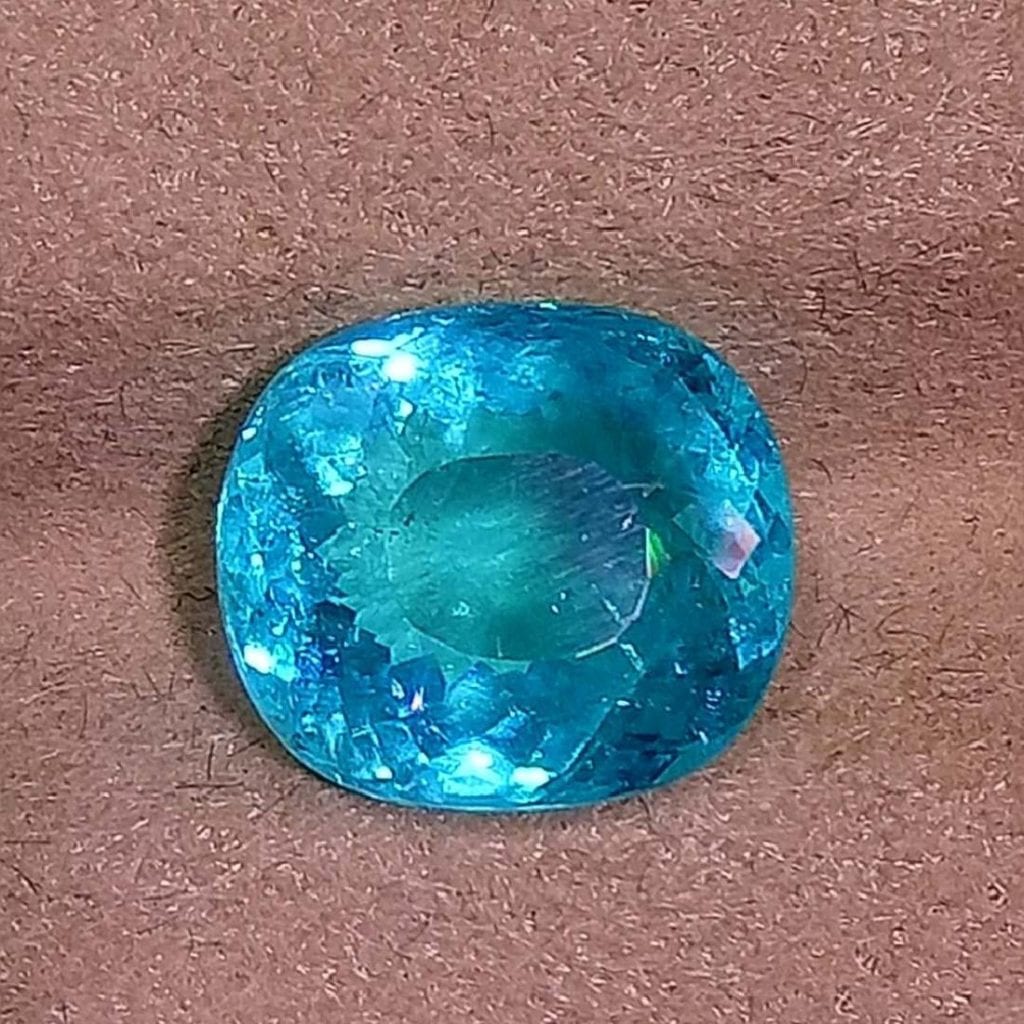


It may account for 95% or more of all tourmaline in nature. The most common species of tourmaline is schorl, the sodium iron (divalent) endmember of the group. Schorl A single stark green fluorite isolated on top of schorl crystals Schorl, magnified 10× Colorless- achroite variety (from Ancient Greek άχρωμος ( ákhrōmos) 'colorless').Light blue to bluish-green- indicolite variety (from indigo).Elbaite species (named after the island of Elba, Italy).Dravite species (from the Drave district of Carinthia).Species and varieties Ĭommonly encountered species and varieties of tourmaline include the following: Tourmalines were used by chemists in the 19th century to polarize light by shining rays onto a cut and polished surface of the gem. Tourmaline was sometimes called the "Ceylonese Magnet" because it could attract and then repel hot ashes due to its pyroelectric properties. History īrightly colored Ceylonese gem tourmalines were brought to Europe in great quantities by the Dutch East India Company to satisfy a demand for curiosities and gems.

The name is derived from the Sinhalese tōramalli ( ටෝරමල්ලි), which refers to the carnelian gemstones. This gemstone comes in a wide variety of colors. Tourmaline ( / ˈ t ʊər m ə l ɪ n, - ˌ l iː n/ TOOR-mə-lin, -leen) is a crystalline silicate mineral group in which boron is compounded with elements such as aluminium, iron, magnesium, sodium, lithium, or potassium. Strong narrow band at 498 nm, and almost complete absorption of red down to 640 nm in blue and green stones red and pink stones show lines at 458 and 451 nm, as well as a broad band in the green spectrum Pink stones inert to very weak red to violet in long and short wave Brown: definite dark brown, light brown.Green: strong dark green, yellow-green.−0.018 to −0.040 typically about −0.020 but in dark stones it may reach −0.040 Parallel and elongated acicular prisms, sometimes radiating massive scattered grains (in granite) Rarely, it can be found as neon green or electric blue. It can also be bi-colored, or even tri-colored. Most commonly black, but can range from colorless to brown, red, orange, yellow, green, blue, violet, pink, or hues in-between. For other uses, see Tourmaline (disambiguation).


 0 kommentar(er)
0 kommentar(er)
